Affiliate links on Android Authority may earn us a commission. Learn more.
Sony WH-1000XM3 vs. Bose QC 35 II: which should you buy?
If you’re shopping around for active noise cancelling (ANC) headphones, you’ve probably come across two brands: Sony and Bose. Each brand is a household name and sits atop the list of the best noise cancelling headphones. While both are objectively strong performers, there are nuanced differences that matter to the mobile user. Today, we’re going to break down those differences and see how the Sony WH-1000XM3 stack up against the Bose QC 35 II headphones.
Update, March 23, 2021: This article was updated to include technical information, add a microphone poll, and address alternatives.
Both are well-designed headsets
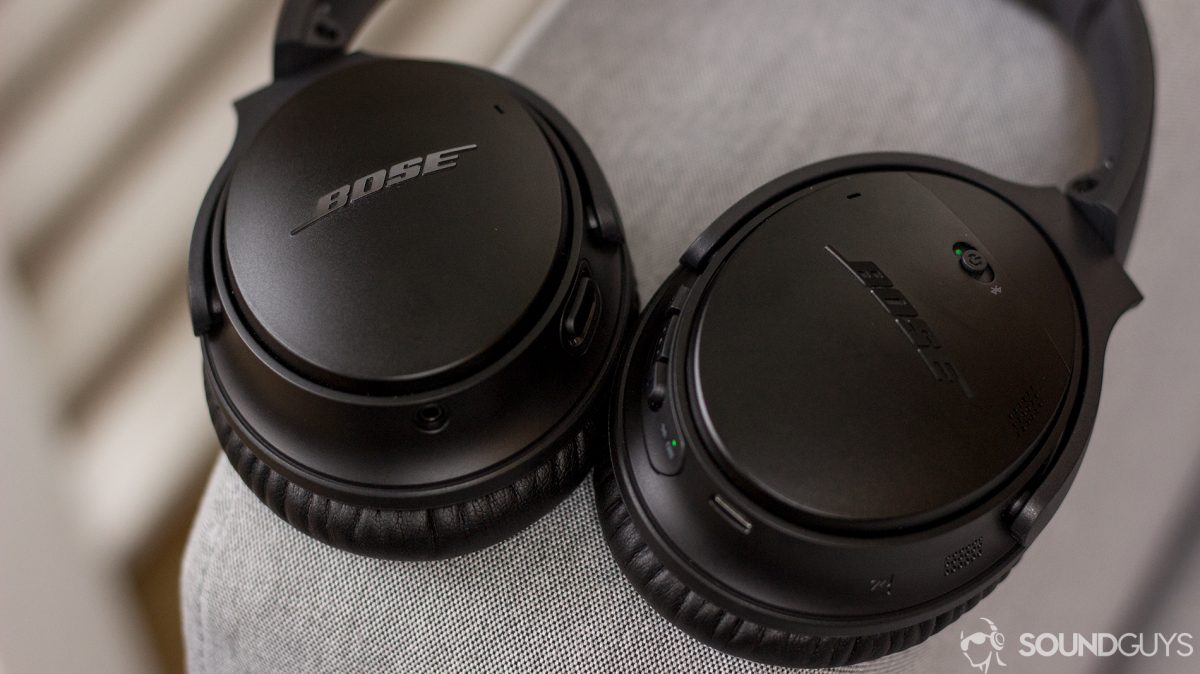
Whether you’re commuting a few blocks or across the country, both headphones are travel-friendly. The ear cups of each headset rotate and fold up for storage within their respective carrying cases. If you’re a one-bagger looking for the lightest headset, consider the QuietComfort 35 II. They’re lighter and championed by many for their comfortable qualities. That said, SoundGuys Executive Editor Chris Thomas prefers the Sony WH-1000XM3, so preferences vary here.
Read: Bose QuietComfort 35 II review | Sony WH-1000XM3 review
The Bose QuietComfort 35 II use the archaic microUSB input for charging, while Sony uses a contemporary USB-C charging input. If you have an Android phone and don’t want to finagle multiple cable types into your bag, USB-C input on the Sony cans may be more appealing.
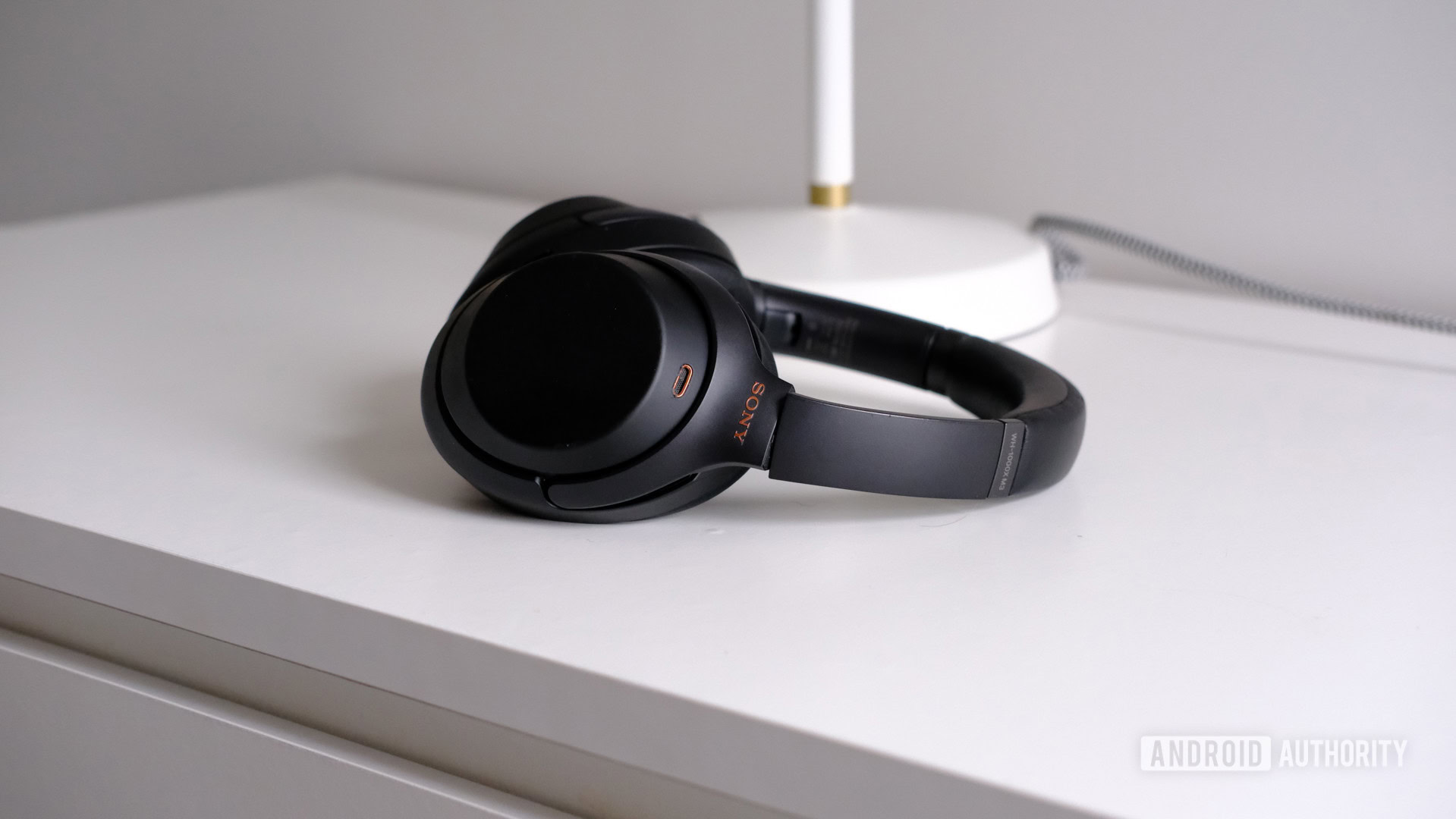
Additionally, both headsets have intuitive on-board controls. The Bose QC 35 II uses physical buttons and a slider, whereas the Sony WH-1000XM3 uses the right ear cup as a capacitive touch panel. You can use a slew of gestures to skip tracks, adjust volume, access your voice assistant, or allow background noise in so you can have a quick conversation without removing the headphones.
Both the Sony and Bose noise-cancelling headphones afford more than 24 hours of playback on a single charge. They also both support full integration of Google Assistant and Amazon Alexa. To iPhone users’ dismay, neither support Siri integration. If you want that, get the AirPods or Beats Powerbeats Pro. That said, both allow Siri access via the multifunction button (Bose) or holding the touchpad (Sony).
Sony’s noise-cancelling is best
Just a few years ago, Bose had a hold on the ANC headphones market, but Sony has clawed its way into becoming a worthy adversary.
The Quiet Comfort headphones effectively attenuate noises across the frequency spectrum. This performance is one of the many reasons they’re beloved by frequent flyers and subway riders alike. However, Sony outdoes Bose in this department as its WH-1000XM3 combats much more noise overall.
Read on: Best noise-cancelling headphones
While the QuietComfort 35 II cancels more sound below the 100Hz marker, Sony’s headphones do a significantly better job at combating noise above 100Hz. This means conversations and rustling papers are hushed more by Sony than Bose. In all fairness, if mitigating low rumbling noises or car engines is a top priority, the Bose edges the Sony out.
Which headphones sound better?
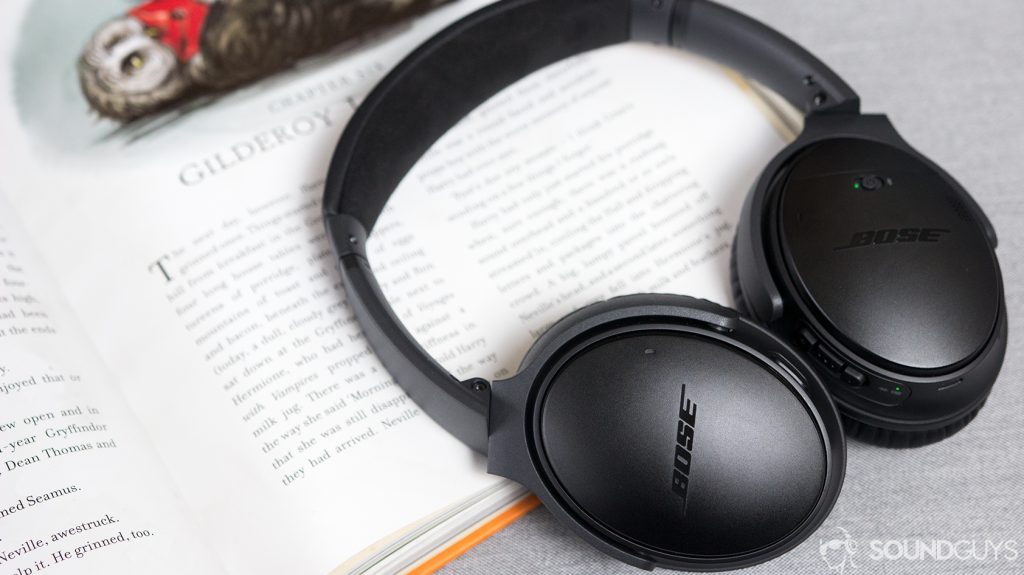
If you’ve visited SoundGuys, you know audio is both an objective and subjective science. Sure, the frequency output of something is quantifiable, but personal preference matters just as well. Some may prefer a bass-heavy sound while others swear by a “flat” response. Whatever you happen to prefer is what’s right for you.
If you’re to judge sound quality on which headset has the most accurate frequency response, Bose wins here. Its headphones don’t grossly exaggerate any range of notes, which makes it easy to EQ the sound without running into harmonic distortion. Bear in mind, though, these only support SBC and AAC, which could result in compression artifacts with louder music. What’s more, Android doesn’t play nicely with AAC as it’s a power-hungry codec, which Android has yet to universally manage. This means AAC performance will vary widely depending on which smartphone you use. It’s a good option for iPhone users though.
Alternatively, the Sony WH-1000XM3 boost bass notes and yet this subtle emphasis isn’t overdone. Since plenty of popular headphones emphasize low notes, this gives the Sony cans a more familiar, consumer-friendly sound. You can EQ the sound signature via Sony’s app but doing so drops streaming down to SBC, rendering high-quality codec support null.
Bluetooth codec support
If you don’t tinker with the WH-1000XM3 sound profile, you get the added benefit of aptX, aptX HD, and LDAC Bluetooth codec support, meaning it will be able to support higher-quality music streaming. That’s a big advantage over Bose’s QC35 II.
Sony uses more future-proofed hardware than the older Bose QC 35 II.
Additionally, a pair of wireless headphones is only as good as its connection quality. It’s difficult to get a deep understanding of this unless you’ve had direct experience with a product or have taken the time to read comprehensive reviews. When it comes to specifications, Bose’s Bluetooth codec support is limited to SBC and AAC. On the other hand, Sony supports five codecs: SBC, AAC, aptX, aptX HD, and LDAC. Android users who value audio quality should stick to Sony.
Which headset is best for phone calls?
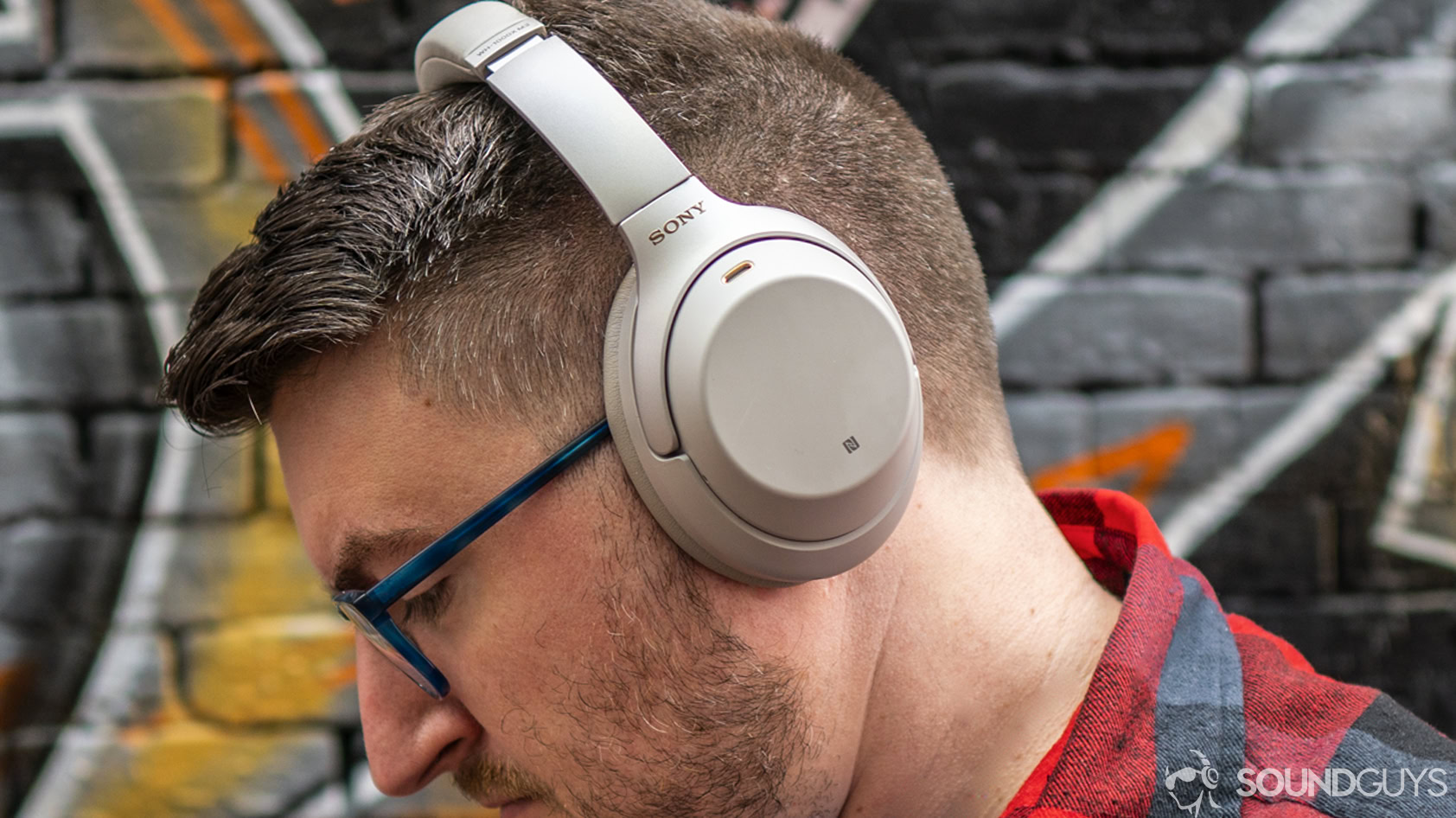
Bose’s performance leaves a lot to be desired. The QuietComfort 35 II struggle with sounds below 200Hz, which is where many people’s vocal registers lie, or at least the fundamental frequencies of their voices. Low-pitched voices are relayed anywhere from half to one-quarter as loud during calls because those lower notes aren’t emphasized at the same level as sounds above 200Hz.
Bose QuietComfort 35 II microphone demo:
Voices receive minimal alteration with the Sony ANC headphones. Vocals are relayed clearly and the mic has no problem registering voices for hands-free commands, too. This is an excellent microphone for voice quality. The only downside is it also picks up external noise, which can be distracting if you’re speaking from a crowded space.
Sony WH-1000XM3 microphone demo:
Which microphone do you think sound better?
Should you buy the Sony WH-1000XM3 or the Bose QC35 II?
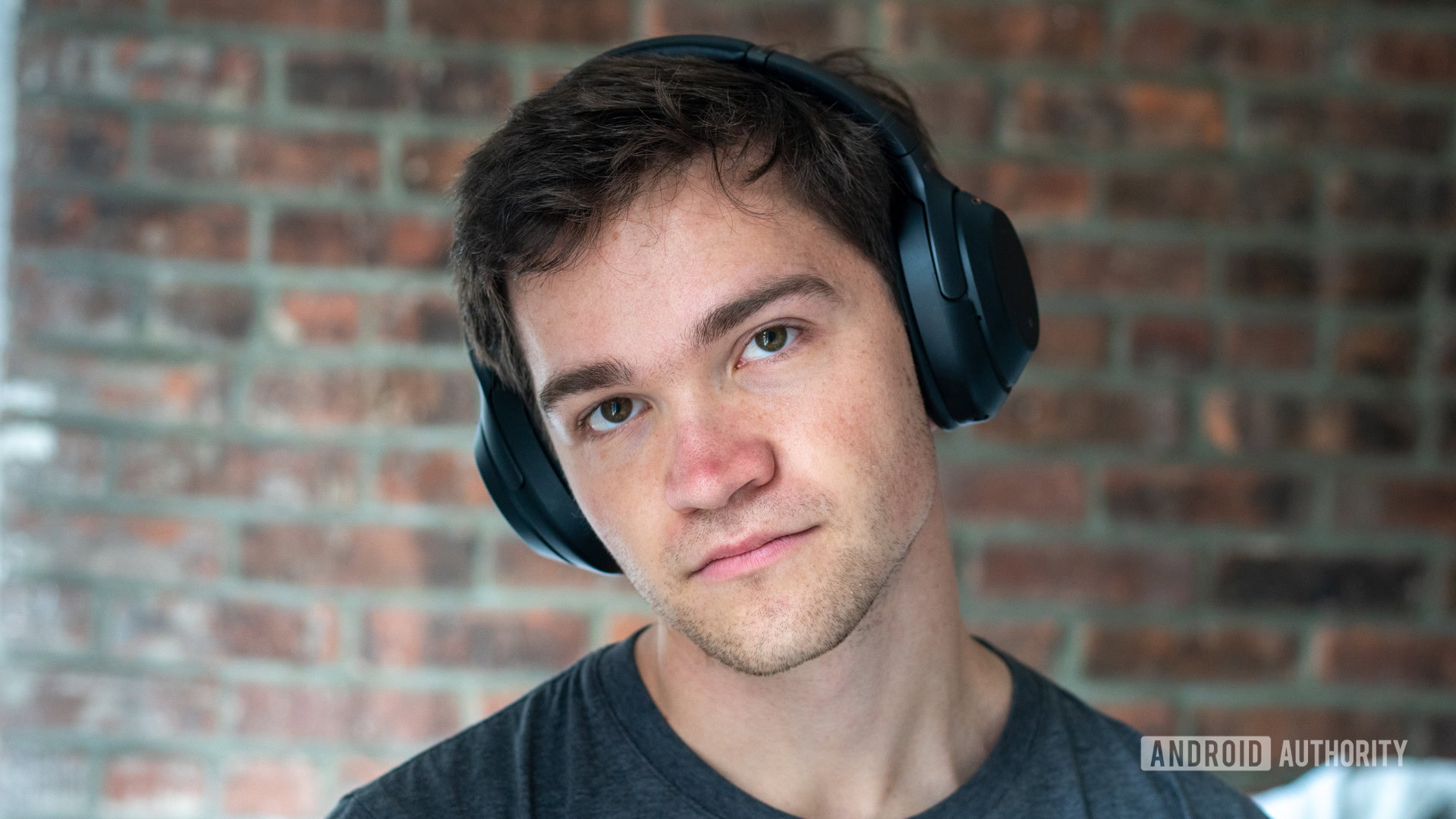
There’s no wrong choice here. As with anything, each pair of headphones has its pros and cons. While both originally retailed for $349, it’s easy to find either on sale at any given time.
Objectively, the Sony WH-1000XM3 is the clear winner: it supports more high-quality Bluetooth codecs, has better mic quality, and more modern hardware. However, if you demand tactile controls and neutral frequency response, Bose will make more sense for you. Alternatively, you might want to save for the Bose Noise Cancelling Headphones 700, which hold up well against the new Sony WH-1000XM4.
What should you get instead?
For the absolute best low-frequency noise cancellation, you may want to save up even more for the Shure Aonic 50. The microphone system isn’t quite as good as Sony’s but it’s close, and improving with firmware updates. It’s a great option for bespectacled listeners and anyone who wants the absolute best wireless audio quality; the Aonic 50 supports even more high-quality Bluetooth codecs than the Sony WH-1000XM3. No matter what, you’ll be protecting your hearing by investing in a premium pair of noise-cancelling headphones.
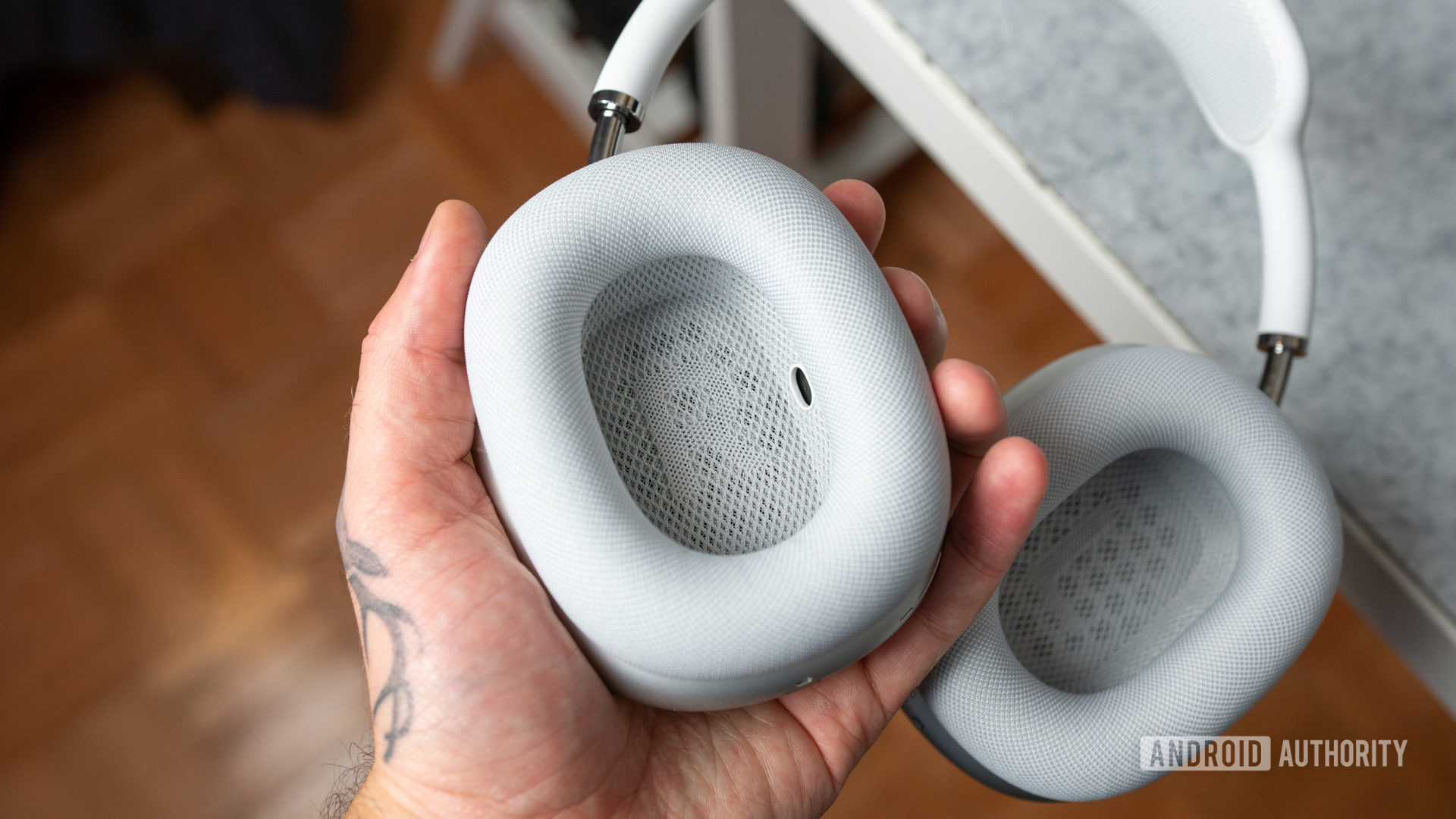
If you own an iPhone, the AirPods Max might be on your radar: this is an excellent headset, but it comes at an unreasonably high price. That said, if you’re life is embedded in the Apple ecosystem, the investment may be worth it. You can read all about how the AirPods Max compare to the Bose Noise Cancelling Headphones here.